Your Cart is Empty
SHOP KNIVES

Cutting-Edge Techniques - How to Sharpen Butcher Knife Like a Pro
March 22, 2024 5 min read
Mastering sharpening a butcher knife is essential for any culinary enthusiast looking to maintain their tools in peak condition. In this blog, we delve into cutting-edge techniques that will transform your blade from dull to razor-sharp.
Whether you're a seasoned chef or a home cook, learning how to sharpen a butcher knife properly ensures precision cuts and enhances safety in the kitchen. Join us as we explore the professional methods and insider tips to achieve that perfect edge, guaranteeing your butcher knife is always ready for action.
Why is a Sharp Butcher Knife Important?
A sharp butcher knife is crucial for both safety and efficiency in the kitchen, ensuring precise cuts with minimal effort. Here are the key benefits:
- Safety: Reduces the risk of accidents since less force is needed, leading to better control over the knife.
- Efficiency: Makes cutting faster and less labor-intensive, saving time and energy.
- Precision: Allows for cleaner cuts, which is essential for presentation and the cooking process.
- Ease of Use: A sharp knife glides through food, making kitchen tasks more enjoyable and less cumbersome.
What Do You Need to Sharpen a Butcher Knife?
To sharpen a butcher knife effectively, you'll need specific tools to restore and maintain its edge. Here's a rundown of the essentials:
- Whetstone: A vital tool for sharpening, available in various grits for different sharpening stages—from coarse grit for repairing dull blades to fine grit for polishing and refining the edge.
- Honing Rod: This tool is used regularly to realign the knife's edge between more thorough sharpenings, maintaining its sharpness for longer.
- Sharpening Steel: Similar to honing rods, steel is used to straighten the knife's edge, although it's often confused with sharpening the blade.
- Leather Strop: Used after sharpening to polish the blade and remove any burrs, resulting in a razor-sharp edge.
- Angle Guide: An angle guide is optional but helpful for beginners. It ensures you maintain the correct angle during sharpening for optimal results.
What is the Best Way to Sharpen a Butcher Knife?
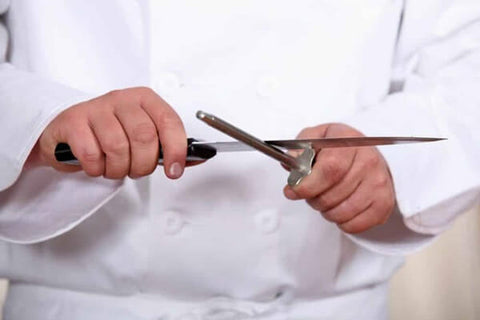
Sharpening a butcher knife is a skill that, once mastered, can significantly enhance your culinary experience. Here's a simplified guide to the basic steps:
1: Prepare Your Whetstone:
Soak the whetstone in water for about 5-10 minutes (for water stones) or follow the manufacturer's instructions. A properly soaked stone ensures the best sharpening surface.
2: Find the Right Angle:
Hold the knife at the correct angle against the stone. A good rule of thumb is approximately 20 degrees for most butcher knives, but this can vary depending on the specific knife.
3: Start with the Coarse Grit Side:
If your knife is particularly dull, begin with the coarse grit side of the stone. This will remove any nicks or imperfections and create a new edge.
4: Use the Right Technique:
With gentle pressure, slide the knife across the stone in either a sweeping motion (heel to tip) or circular motion, ensuring it covers the entire length of the blade. Repeat this process 8-10 times per side or until you feel a burr along the edge.
5: Switch to the Fine Grit Side:
Flip the stone to its fine-grit side to polish and refine the edge. Repeat the sharpening motions 6-8 times per side or until the knife feels sufficiently sharp.
6 Test the Sharpness:
Test the sharpness of your knife by slicing through a piece of paper or a ripe tomato. A sharp knife should cut cleanly and effortlessly.
7: Clean and Dry the Knife:
After sharpening, thoroughly clean the knife with water and dry it immediately to prevent rusting.
8: Hone the Edge:
Finally, use a honing rod to straighten any microscopic bends along the edge and to perfect its alignment, ensuring a sharp and durable edge.
How Can You Tell If Your Butcher Knife Needs Sharpening?
Determining when your butcher knife needs sharpening is key to maintaining its performance. Look out for these clear signs:
- Difficulty Cutting: The knife struggles to slice through food easily, requiring more force than usual.
- Visible Dullness: The edge appears visibly dull under a light source, lacking its characteristic shine.
- The Paper Test: Hold a piece of paper and try slicing it with the knife; a sharp knife will cut smoothly, while a dull one will tear or snag.
- Inconsistent Cutting: It isn't exciting if the knife produces uneven cuts or squashes instead of slicing cleanly through foods.
- Accidents Increase: A dull knife can slip off the surface of foods, increasing the risk of cutting yourself.
Are There Any Alternative Methods to Sharpen a Butcher Knife?
Besides traditional whetstone sharpening, several alternative methods can keep your butcher knife in top condition. Each has its advantages:
- Honing Rod: Ideal for daily or regular maintenance, it realigns the knife's edge, keeping it sharp longer. It is not a sharpening method per se, but it is essential for edge upkeep.
- Electric Sharpener: Offers convenience and speed, with slots that automatically set the sharpening angle. Suitable for those seeking a hassle-free method, though it may remove more material than necessary.
- Ceramic Sharpeners: Similar to honing rods but made from ceramic, these can sharpen the knife slightly while also aligning the edge. They offer a fine edge with minimal material removal.
- Professional Sharpening Services: Professional services can ensure a perfectly sharp edge with expert care for those who prefer to avoid sharpening their own knives or requiring work on particularly valuable or damaged blades.
- Sharpening Systems: These guided systems use a series of stones or diamonds at fixed angles, offering precision sharpening for enthusiasts willing to invest time and money into their knife care routine.
What is the Best Angle to Sharpen a Butcher Knife?
The optimal angle to sharpen a butcher knife typically ranges between 15 to 20 degrees per side. This angle balances sharpness and durability, which is suitable for the versatile cutting tasks a butcher knife is designed for.
How Often Should You Sharpen Your Butcher Knife?
How frequently you should sharpen your butcher knife depends on its usage. Sharpening every 1-2 months might be necessary for heavy daily use. Sharpening every 6 months to a year can suffice for less frequent use. Regular honing before each use will maintain the edge longer.
Conclusion
Embracing the craft of knife sharpening is crucial for any culinary enthusiast. Mastering how to sharpen a butcher knife ensures safety and efficiency in the kitchen and elevates the cooking experience. A well-maintained, sharp knife is a pleasure, turning routine preparation into a culinary art.
Related Articles
What is a Butcher Knife used for in Meat Preparation
What is a Fixed Blade Knife and Its Versatile Uses?
What is a Paring Knife Used For?
Subscribe
Sign up to get the latest on sales, new releases and more …

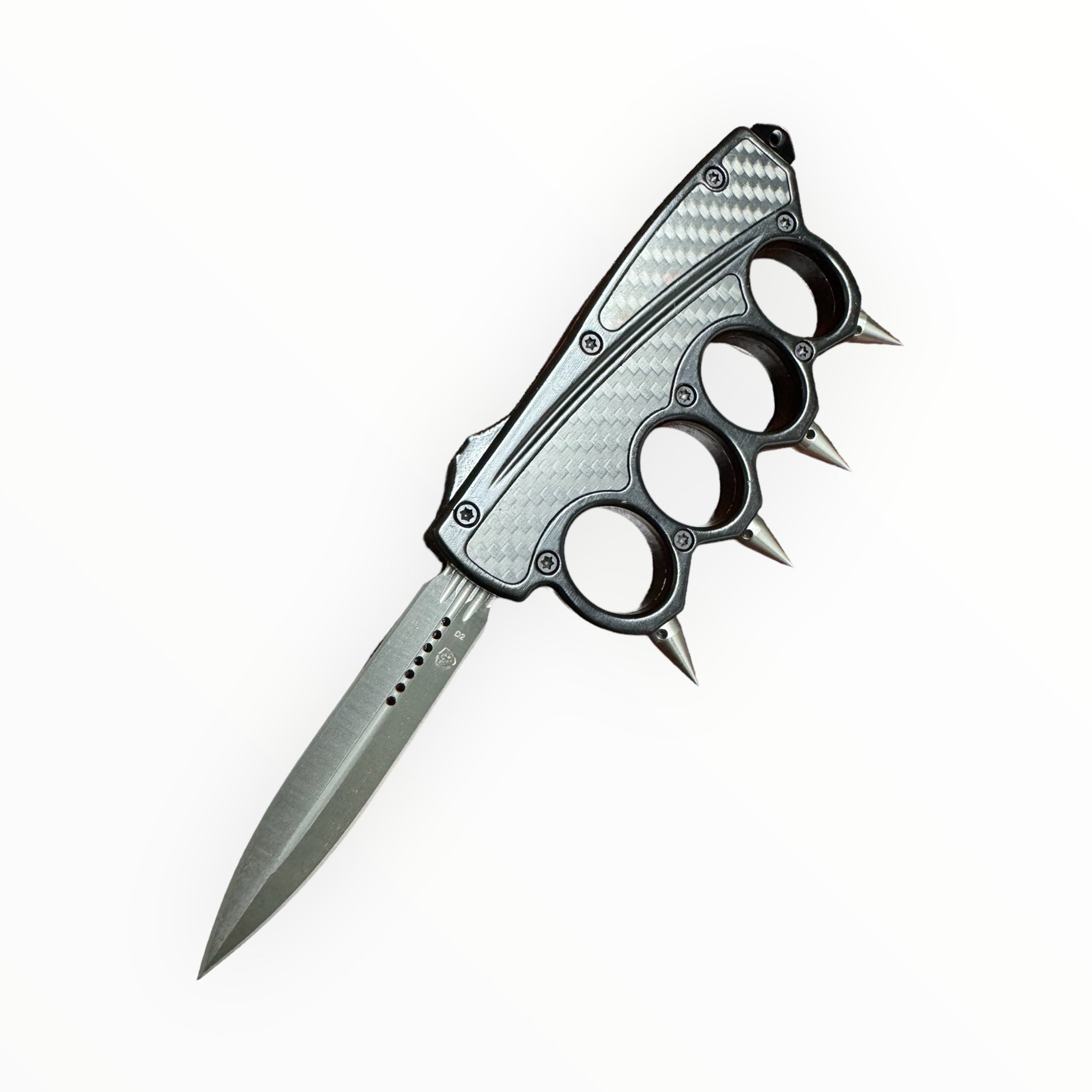 B/Knuckles
B/Knuckles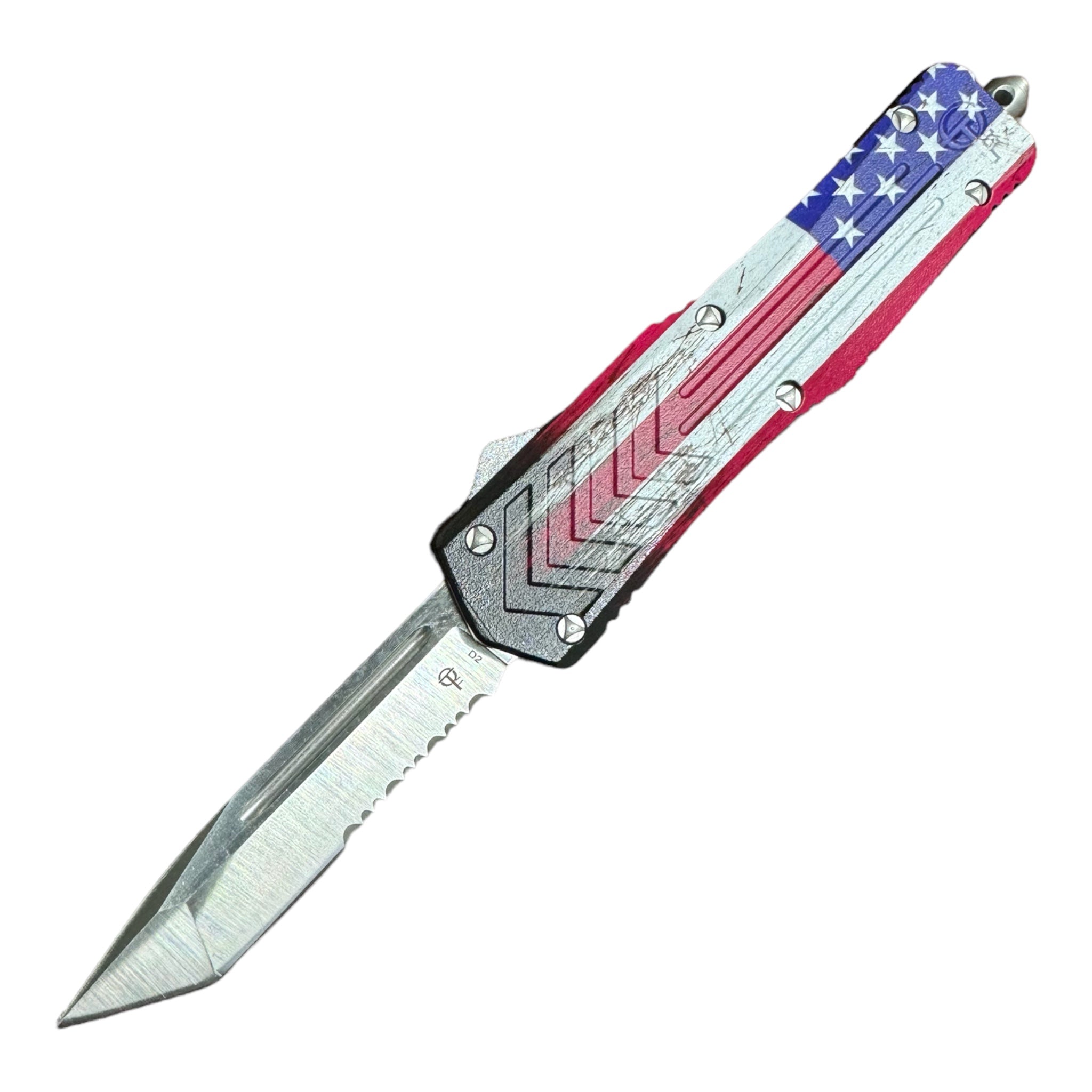 Custom Ranger
Custom Ranger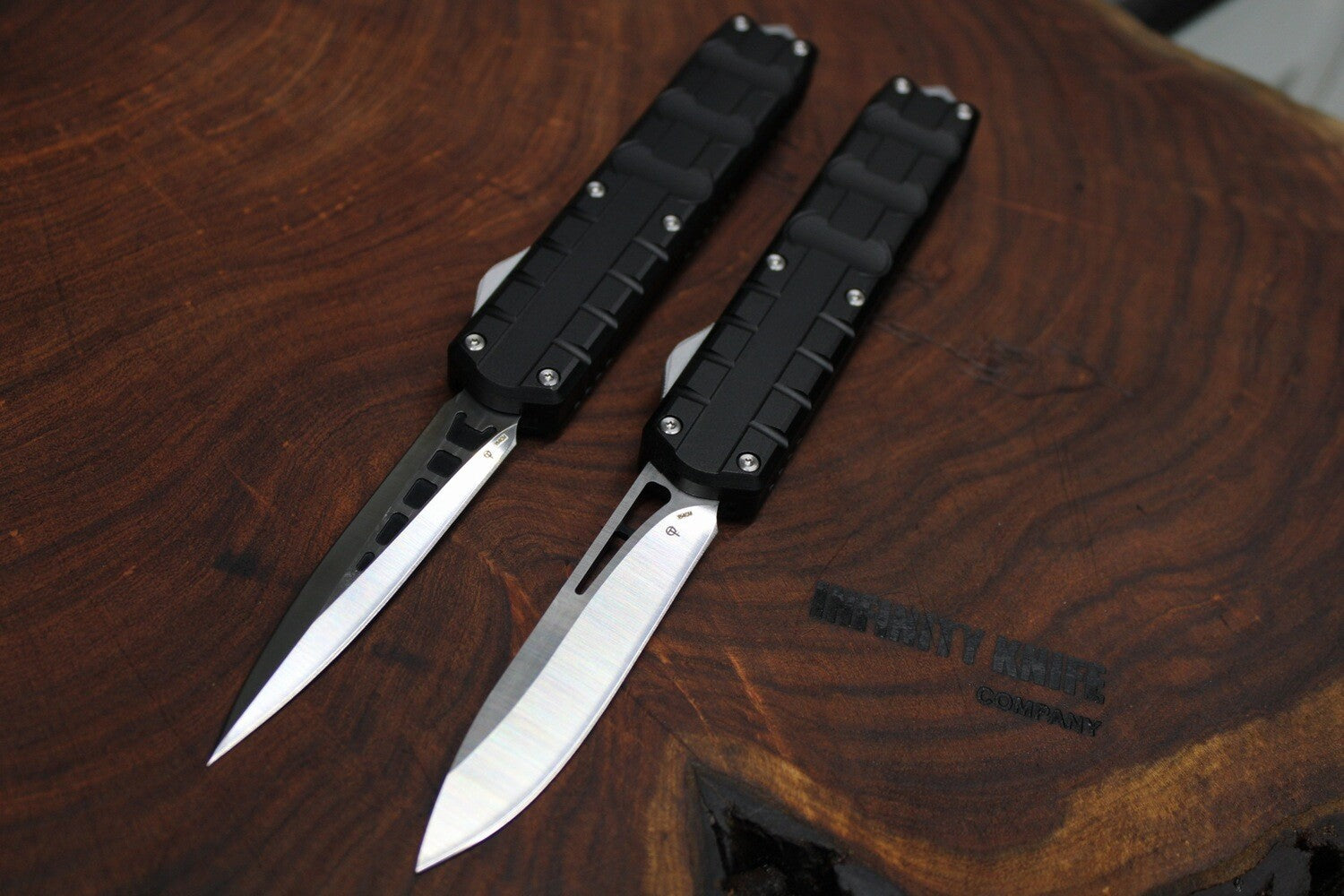 DESERT STORM
DESERT STORM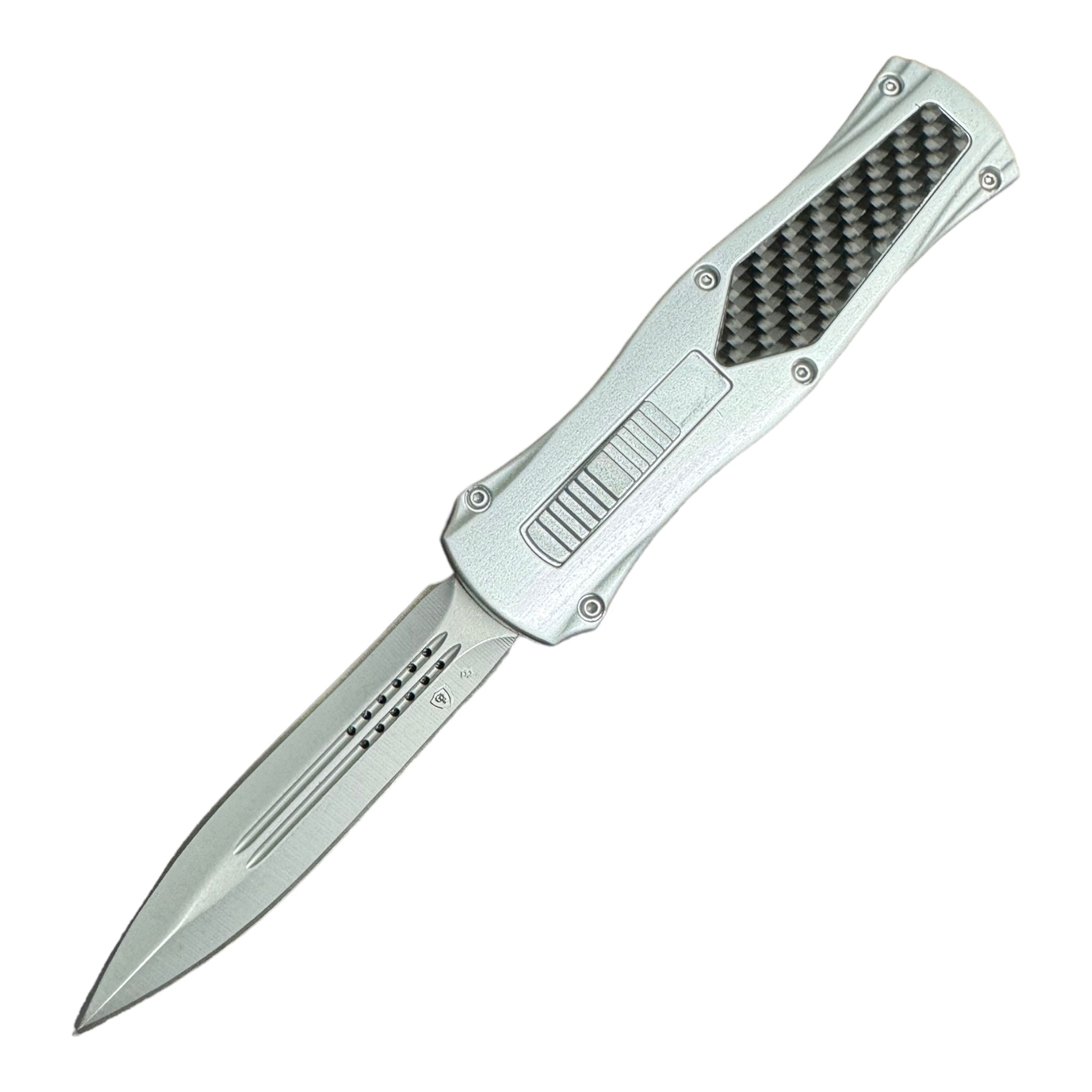 EXCALIBUR
EXCALIBUR First Responders
First Responders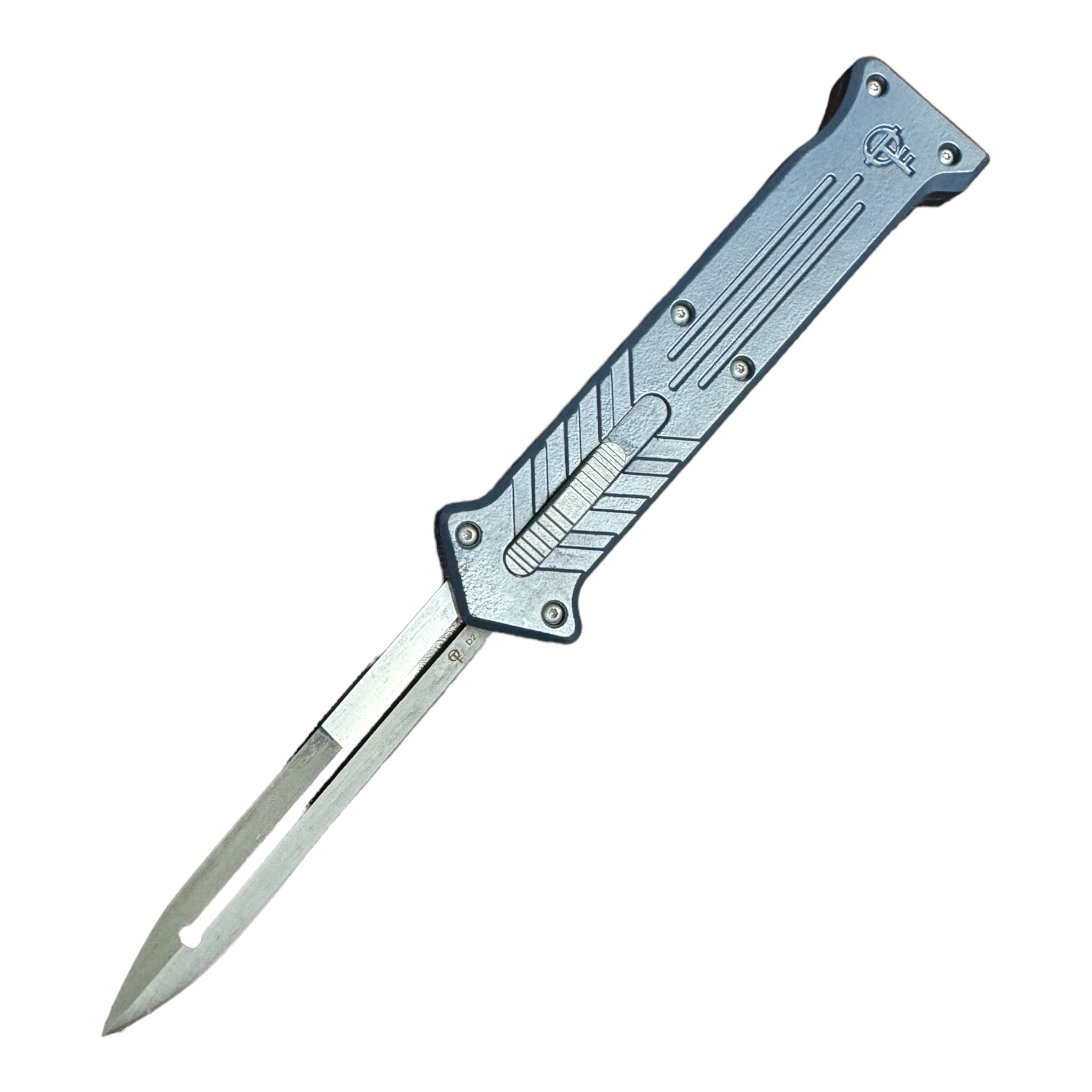 THE JOKER
THE JOKER CLASSIC
CLASSIC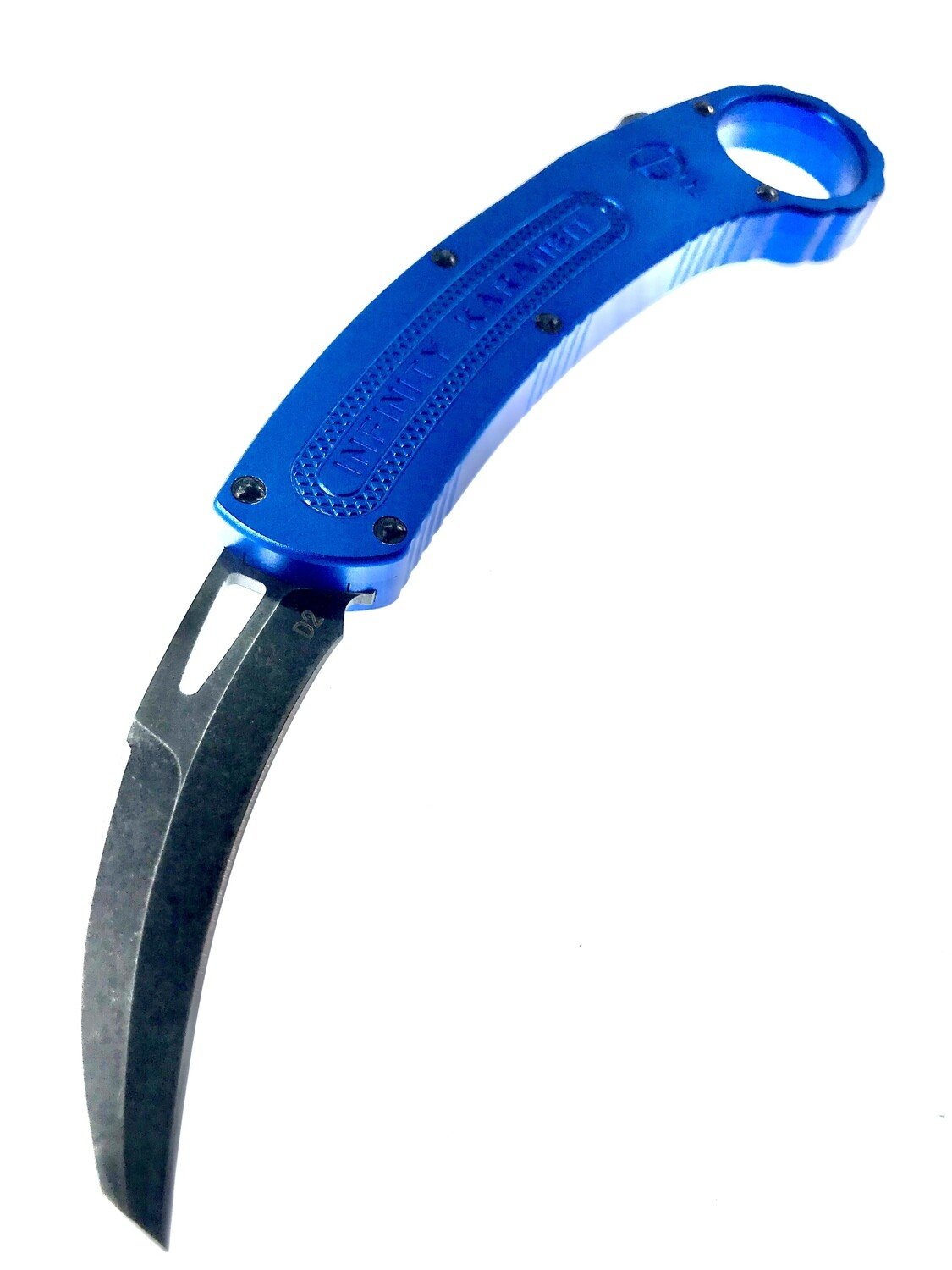 KARAMBIT
KARAMBIT HEXIGON
HEXIGON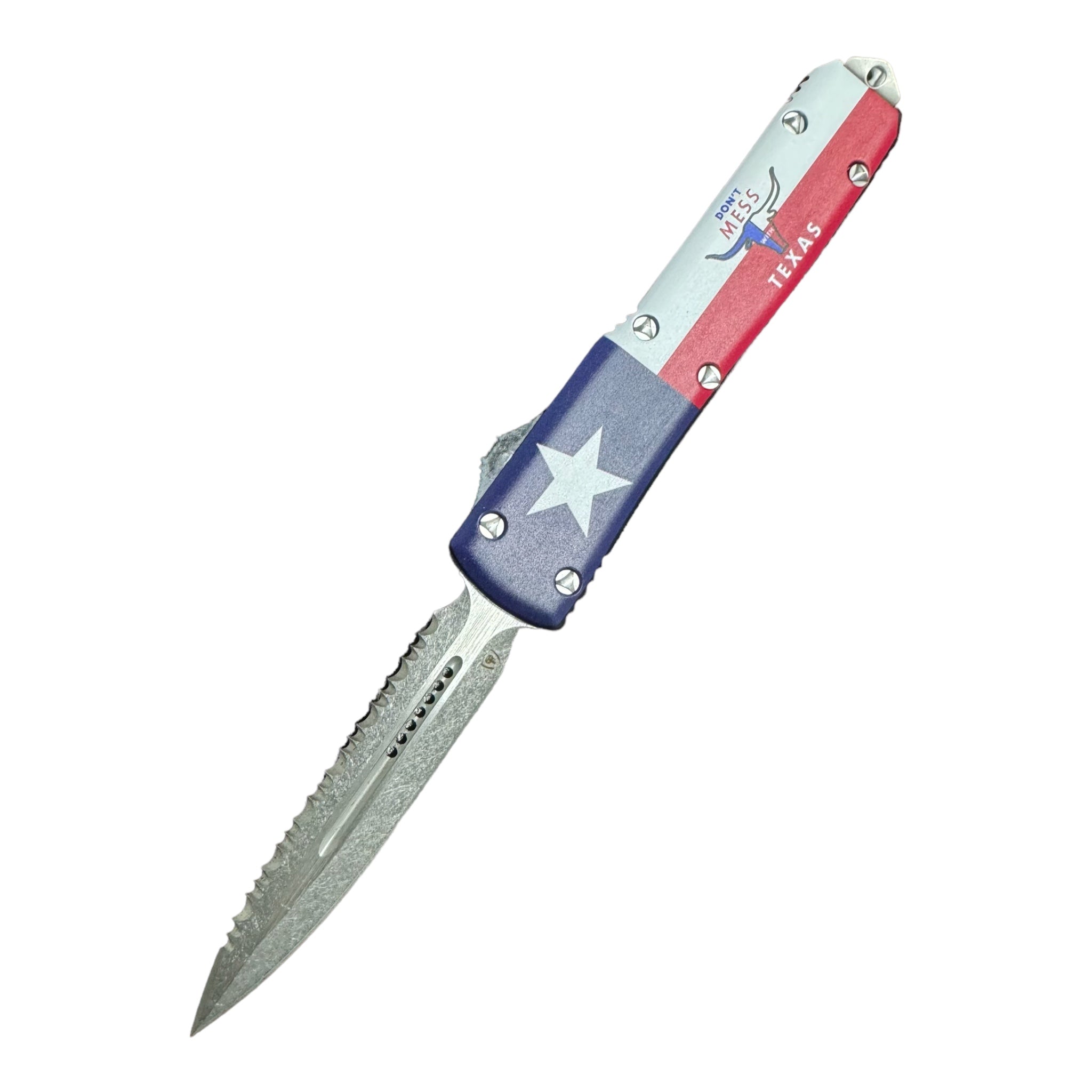 TEXAS COLLECTION
TEXAS COLLECTION STRYKER V2
STRYKER V2 STRYKER V1
STRYKER V1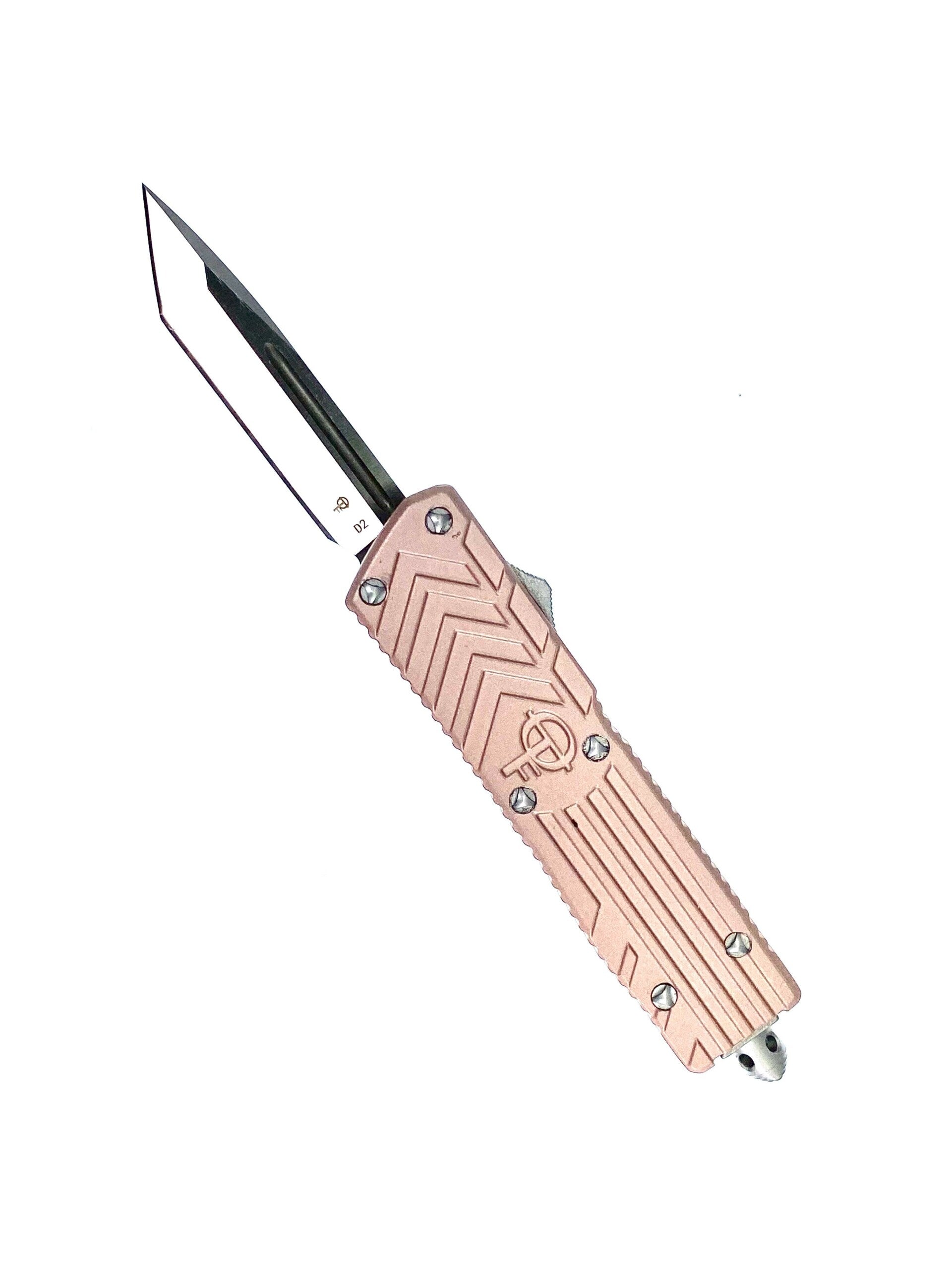 STRIKE FORCE GEN4
STRIKE FORCE GEN4 STRIKE FORCE GEN3
STRIKE FORCE GEN3 STINGERS
STINGERS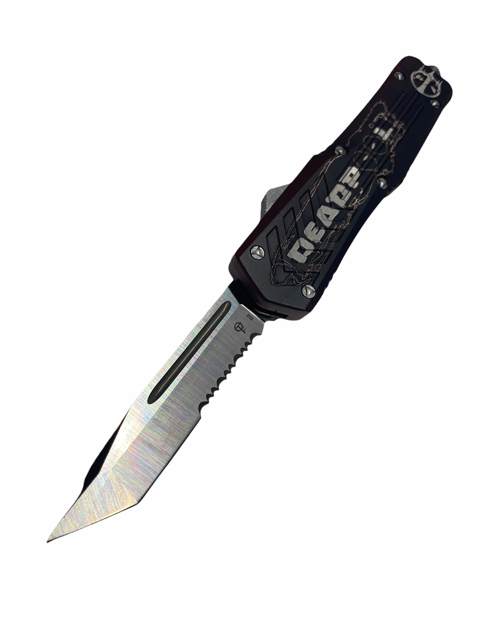 SPECIAL EDITIONS
SPECIAL EDITIONS SLIDEFIRE
SLIDEFIRE RANGERS
RANGERS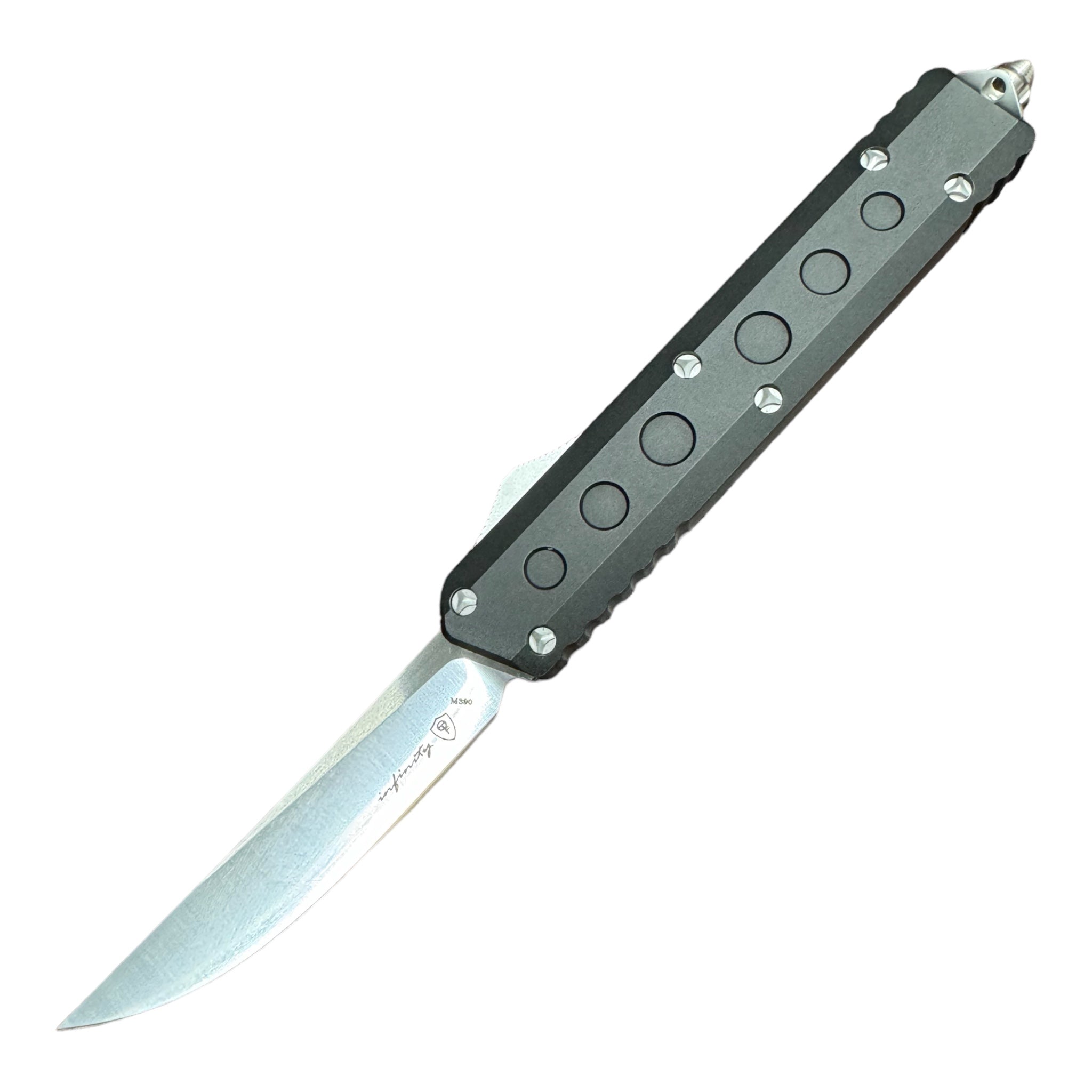 REAPER
REAPER MINI MICRO
MINI MICRO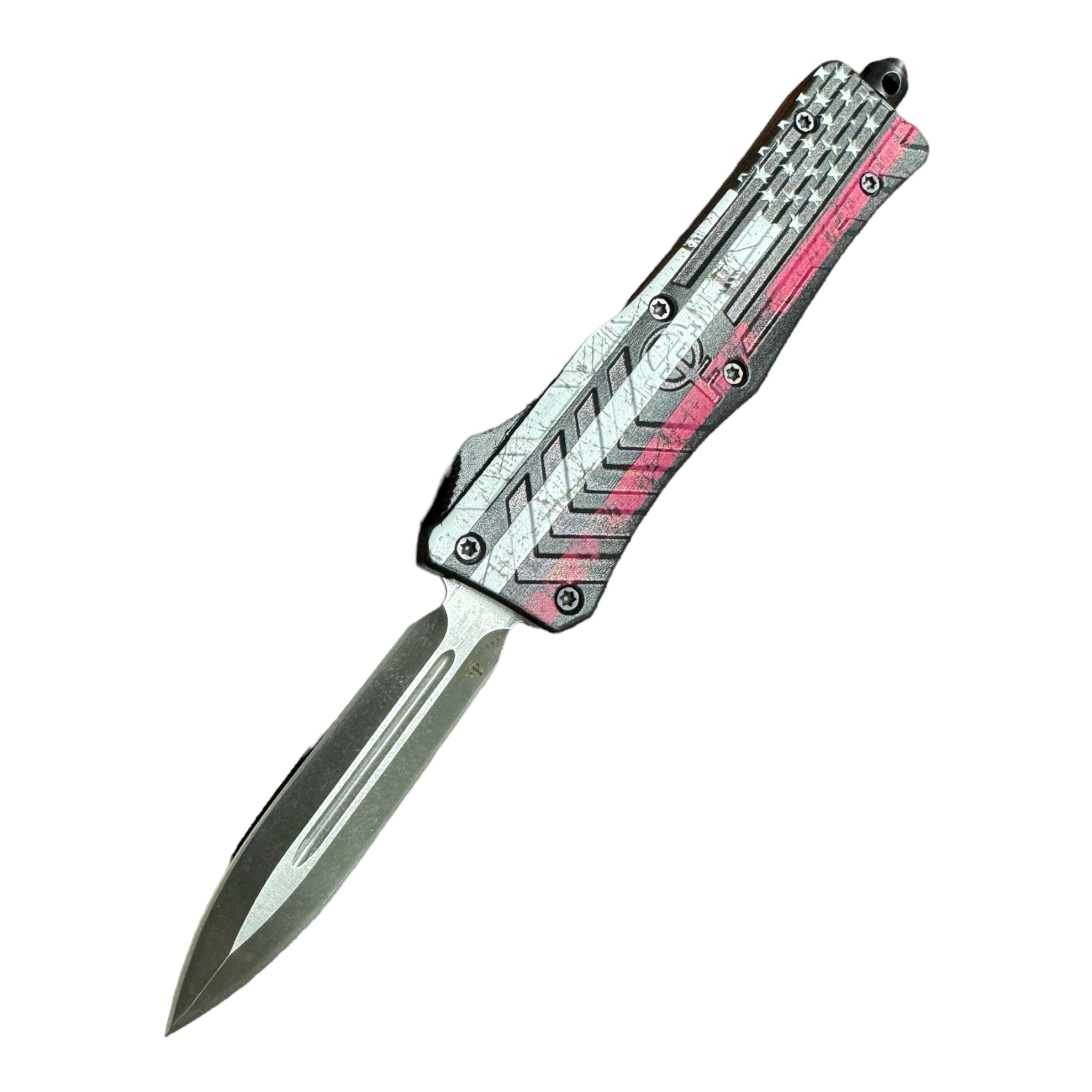 Redline | Blueline
Redline | Blueline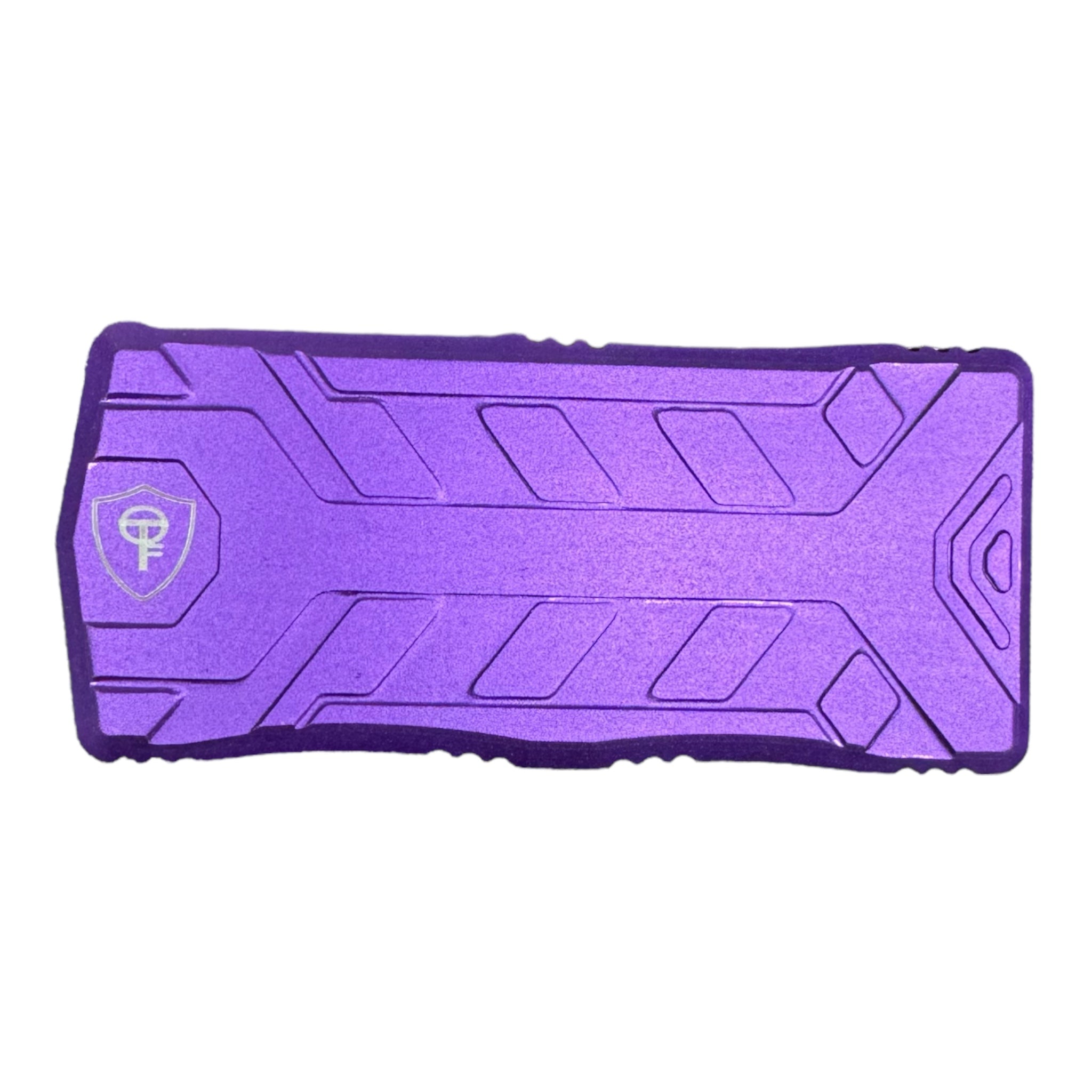 RAZOR
RAZOR PREDATOR
PREDATOR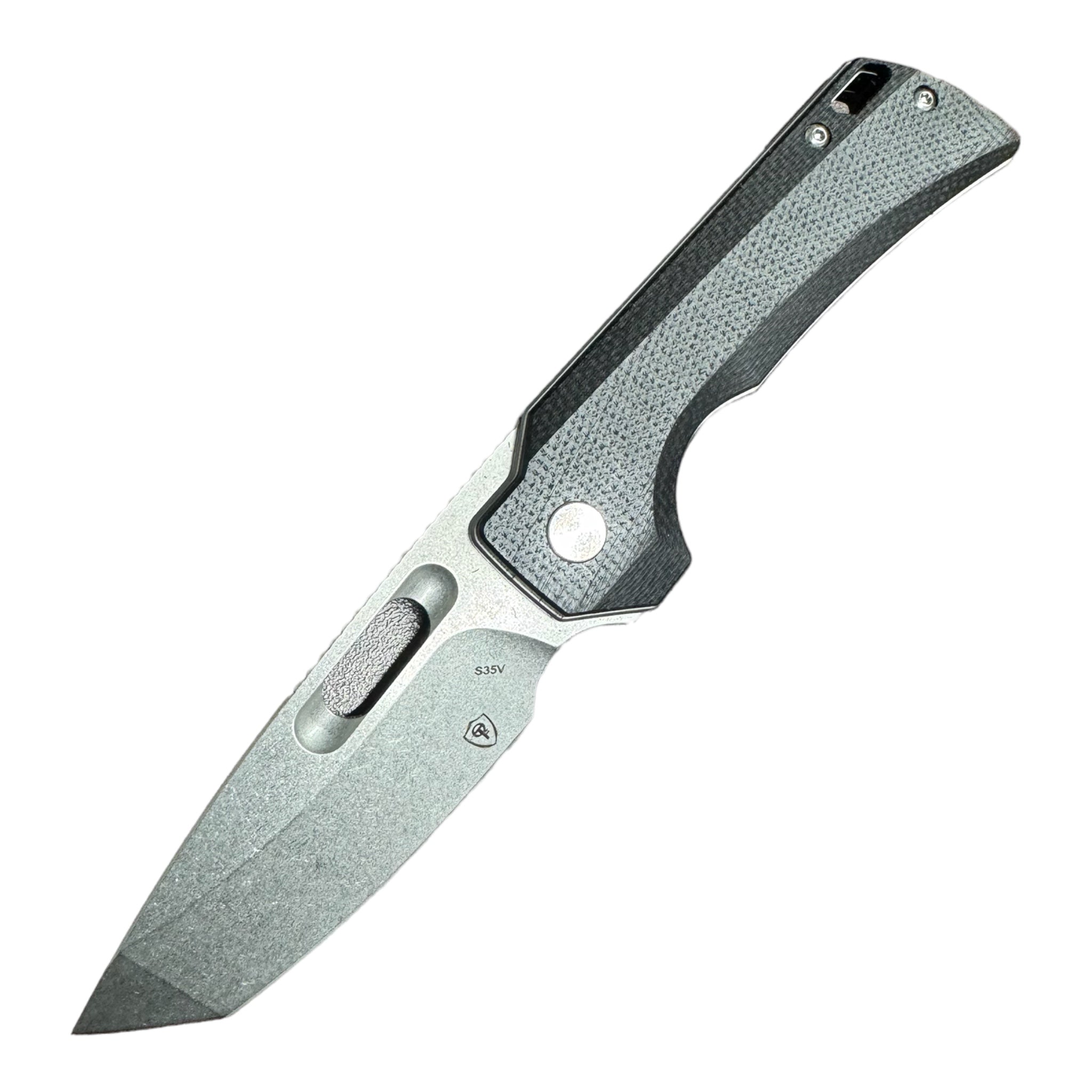 PREDATOR2
PREDATOR2 NOMADS
NOMADS NOMADICS
NOMADICS Mastodon
Mastodon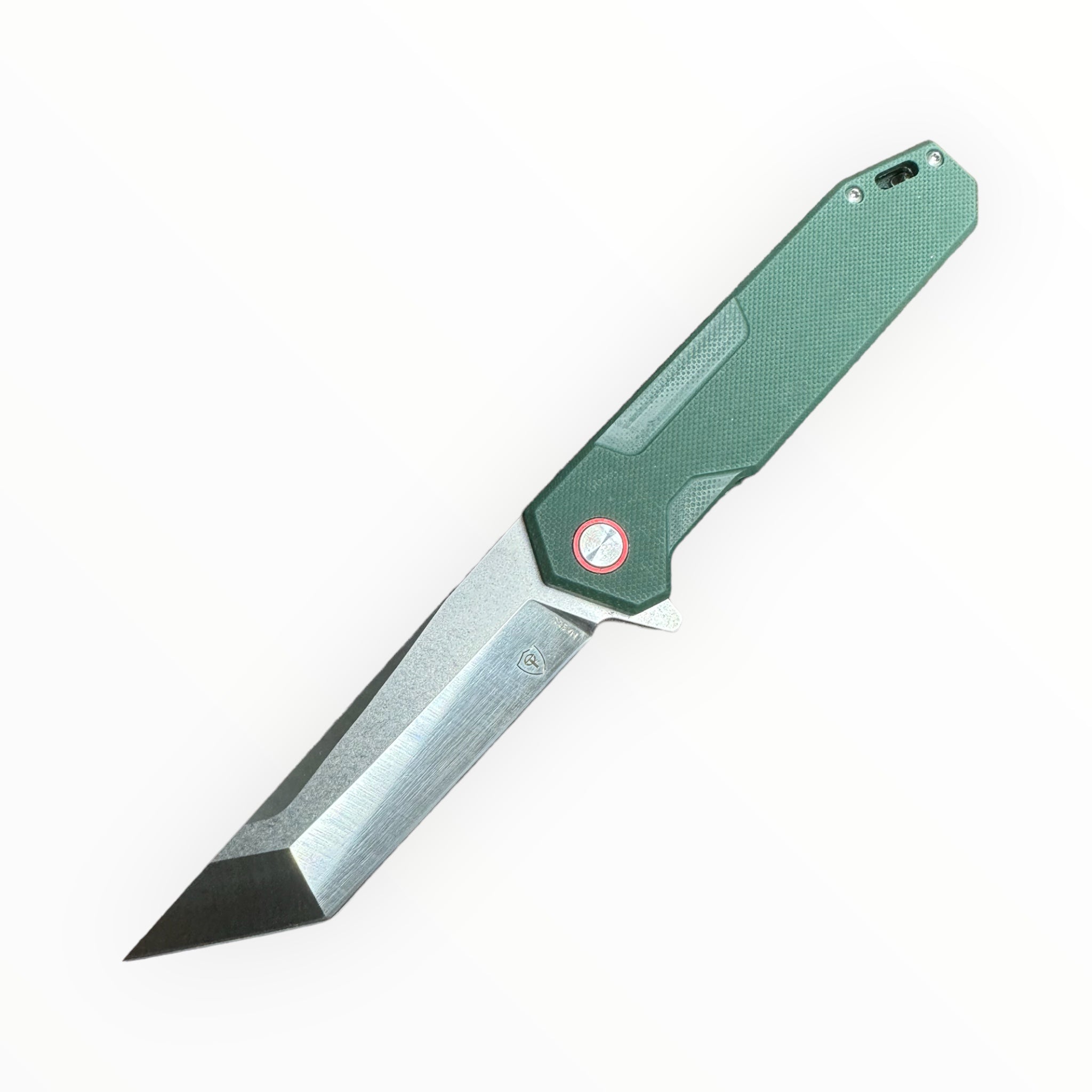 Terminator
Terminator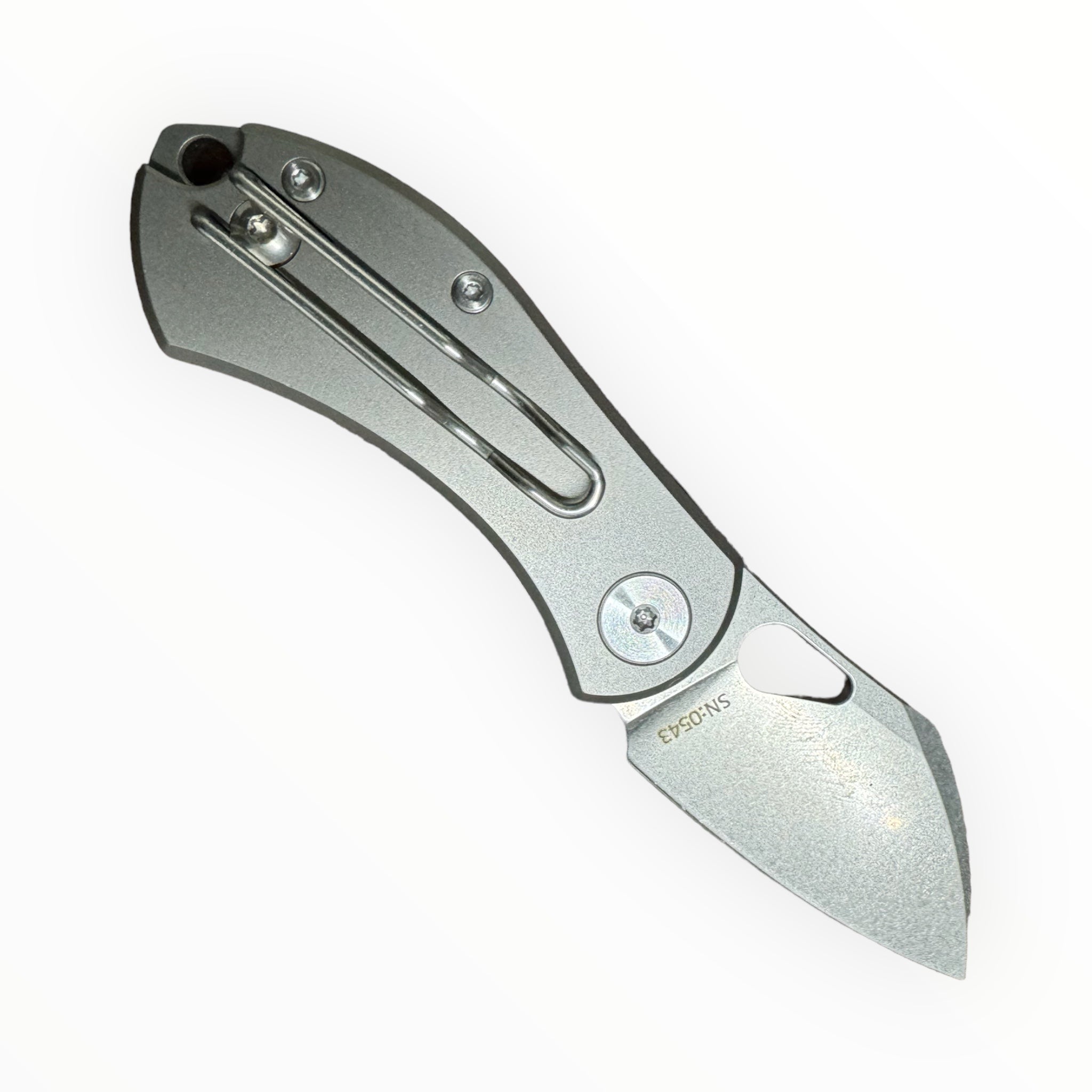 The MOUSE
The MOUSE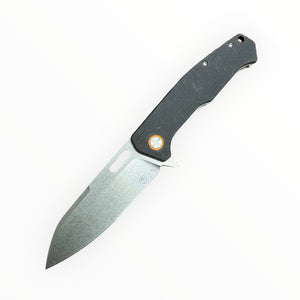 ORCA
ORCA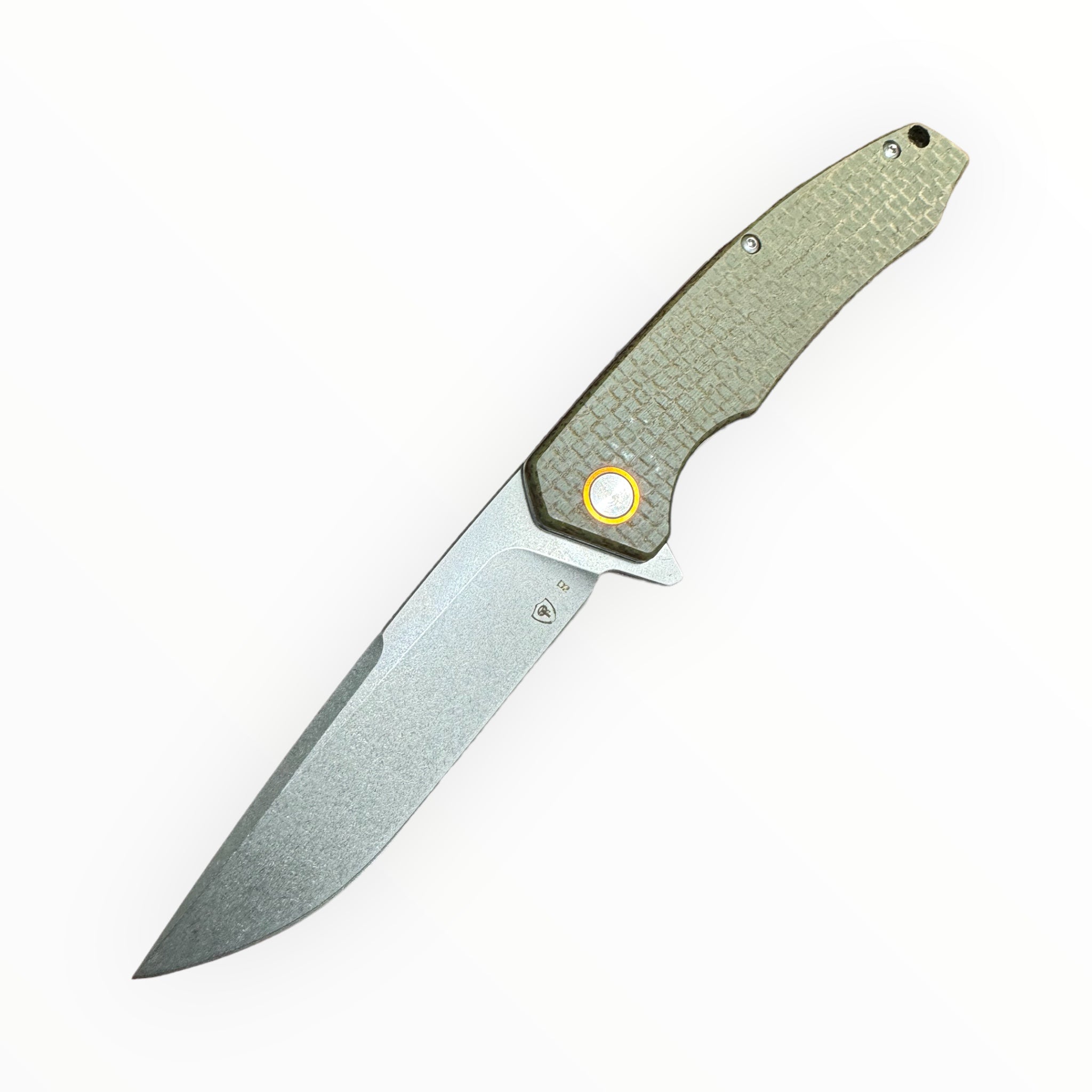 Eother
Eother Desert Shield
Desert Shield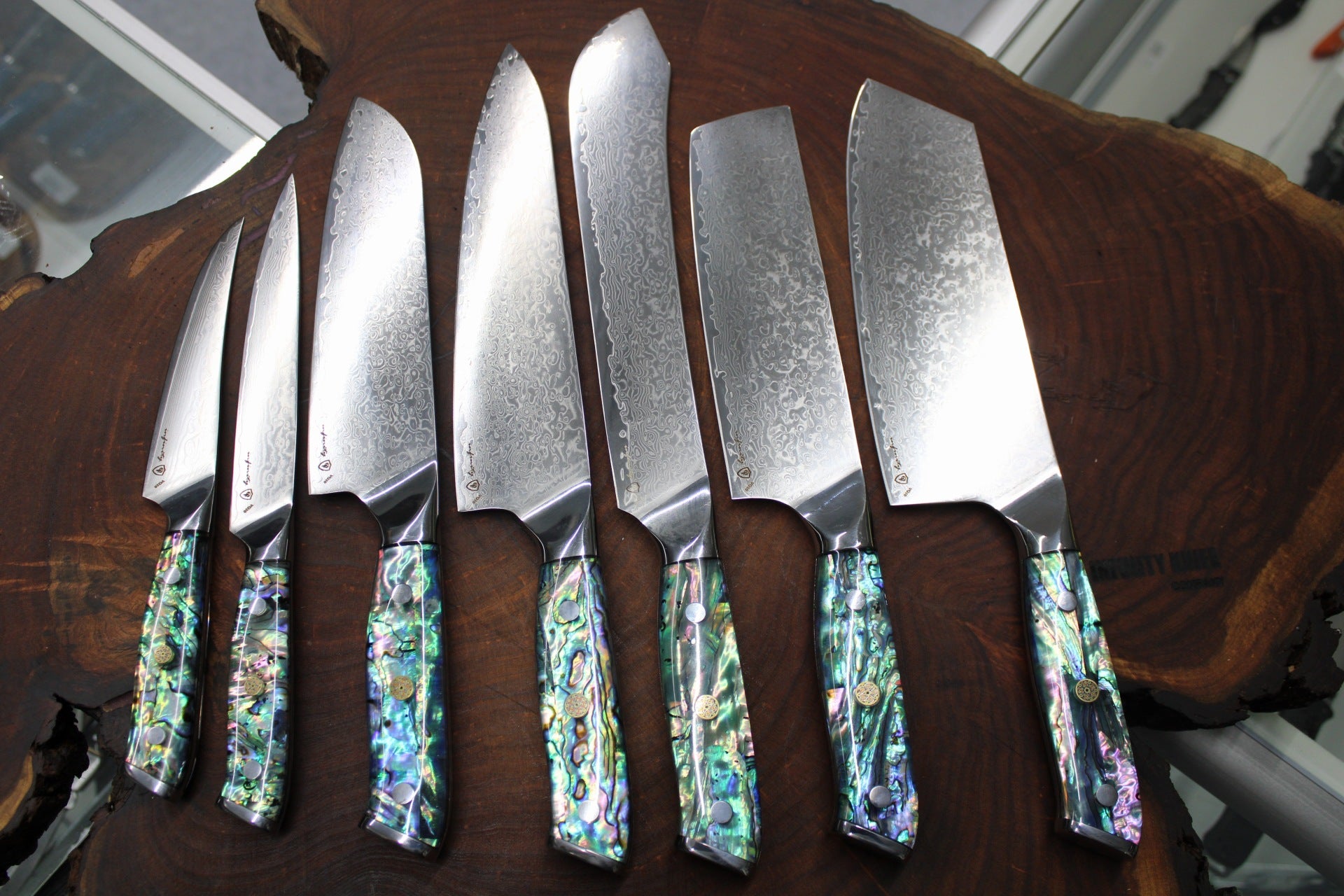 KITCHEN SETS
KITCHEN SETS CLEAVERS
CLEAVERS MINI CLEAVER
MINI CLEAVER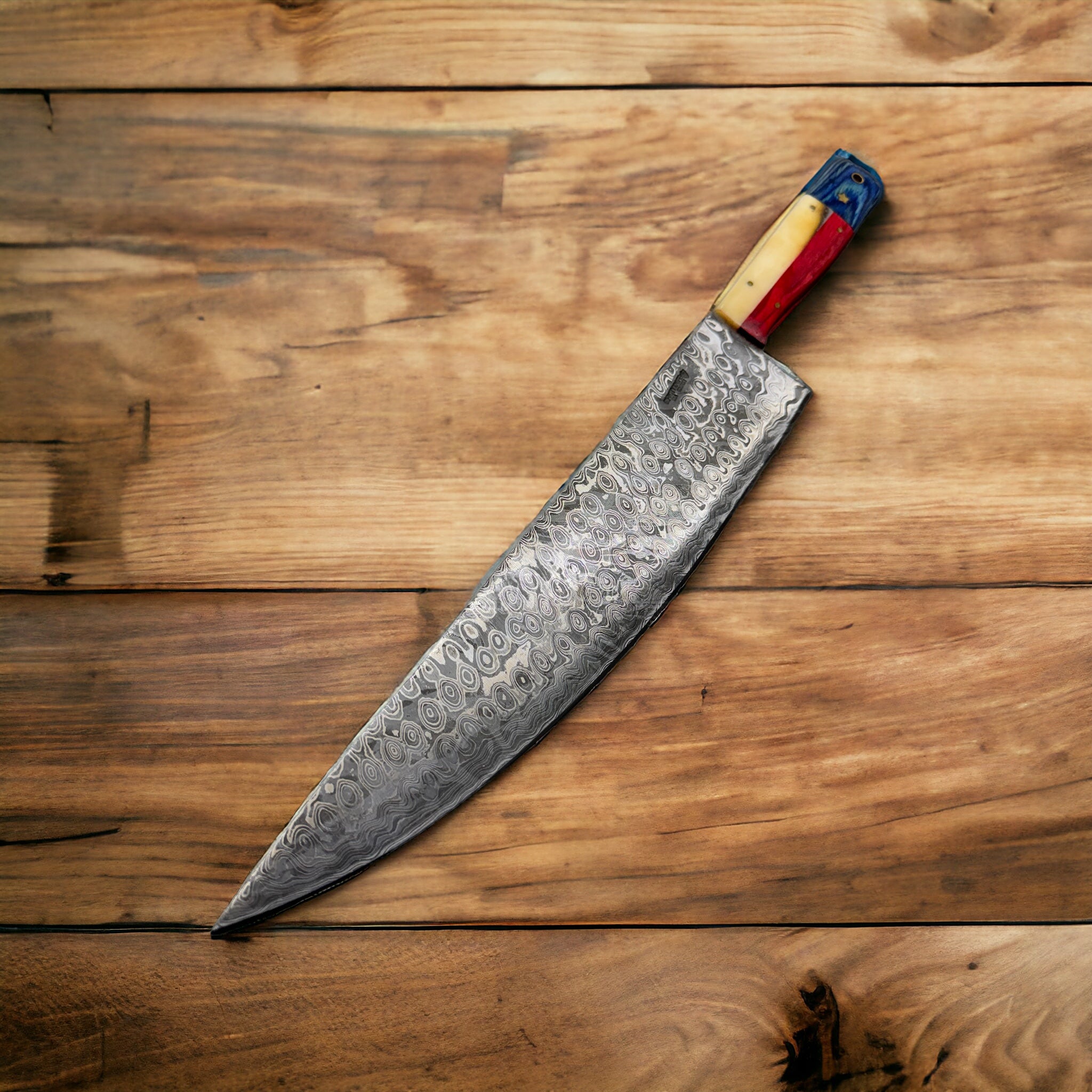 CHEF KNIFE
CHEF KNIFE FILLET KNIFE
FILLET KNIFE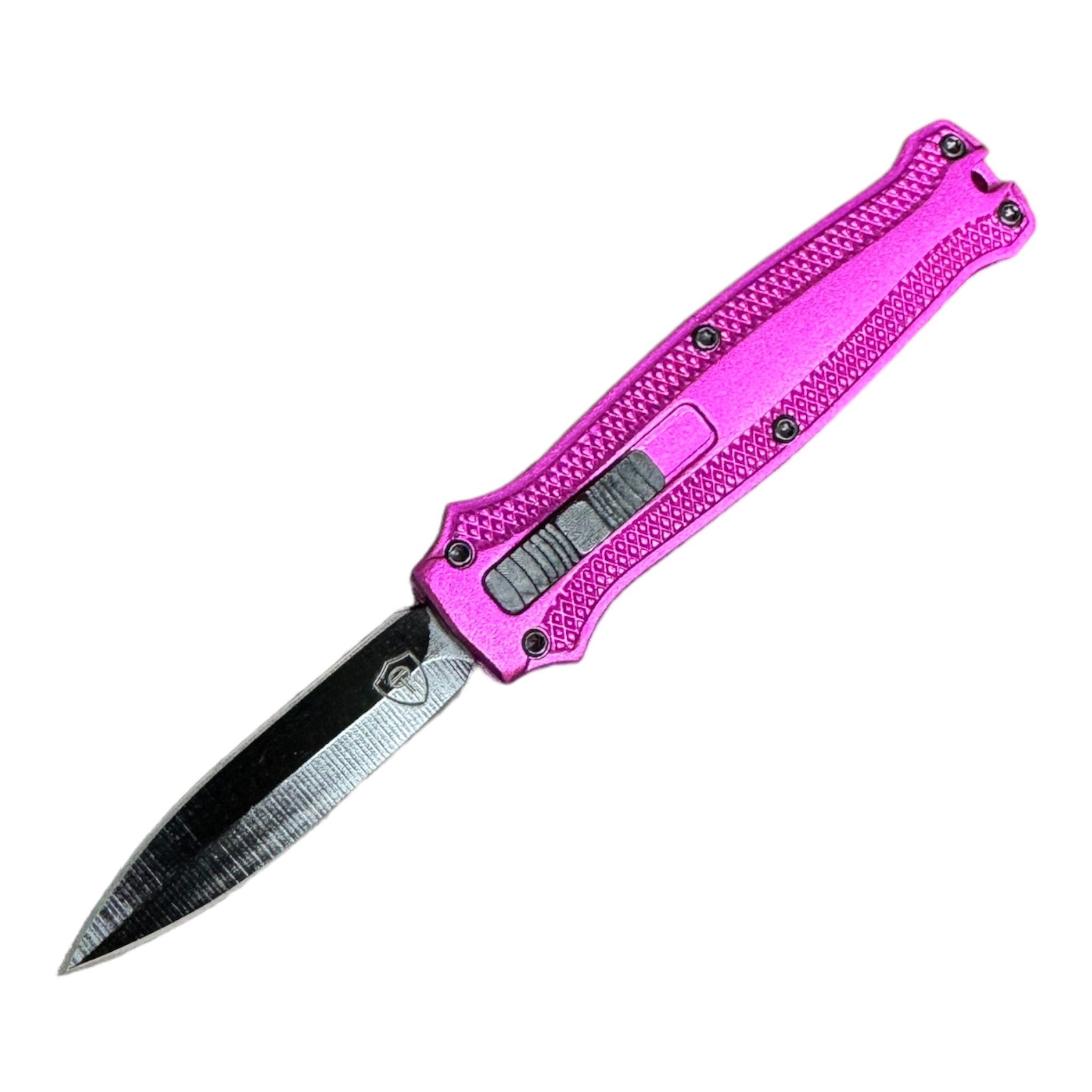 KNIVES UNDER $100
KNIVES UNDER $100 TEXAS CULINARY SET
TEXAS CULINARY SET TEXAS DAMASCUS
TEXAS DAMASCUS TEXAS D2
TEXAS D2 D2 FIXED BLADES
D2 FIXED BLADES DAMASCUS KNIVES
DAMASCUS KNIVES DAMASCUS ULU
DAMASCUS ULU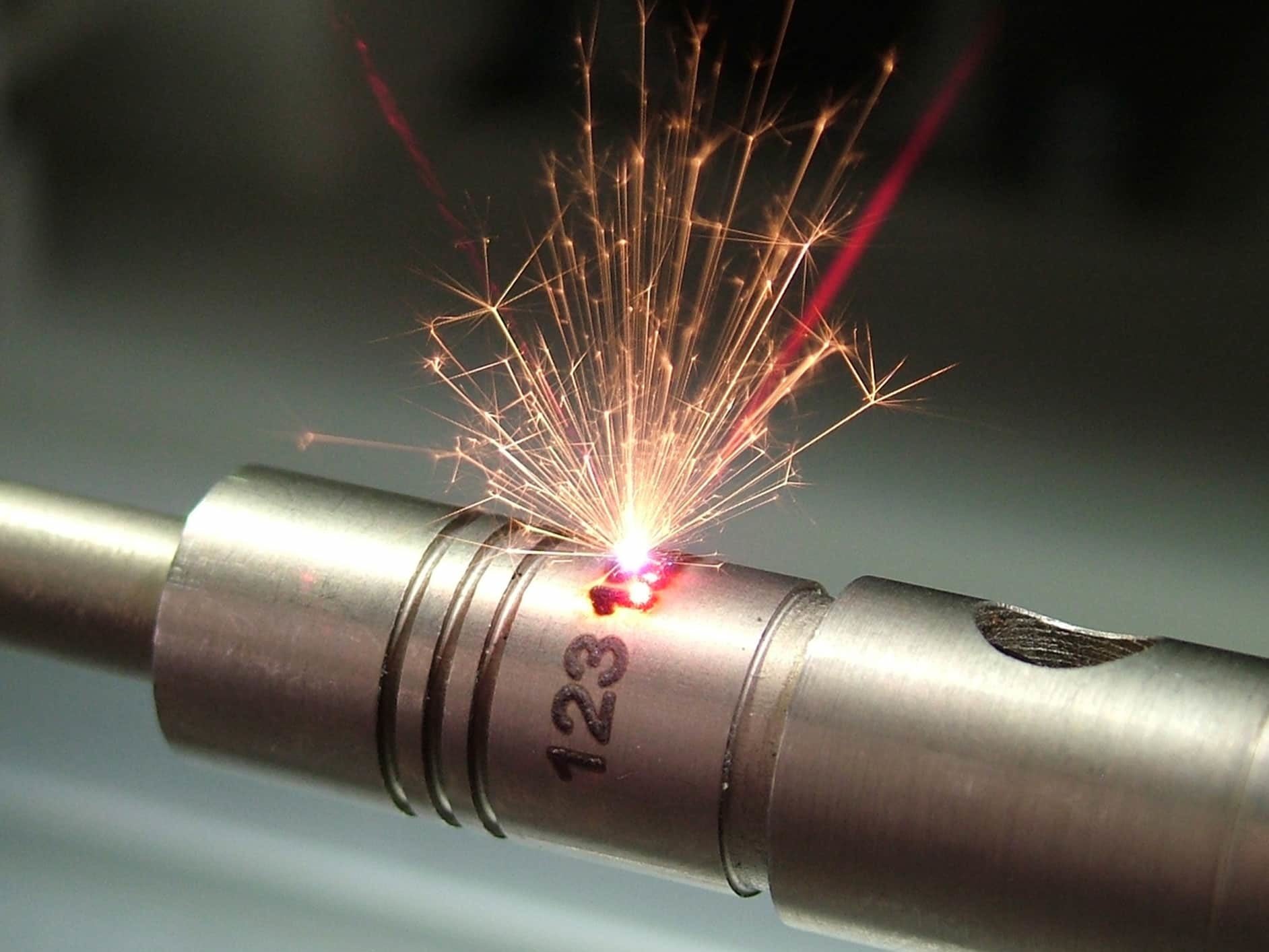 LASER ENGRAVING
LASER ENGRAVING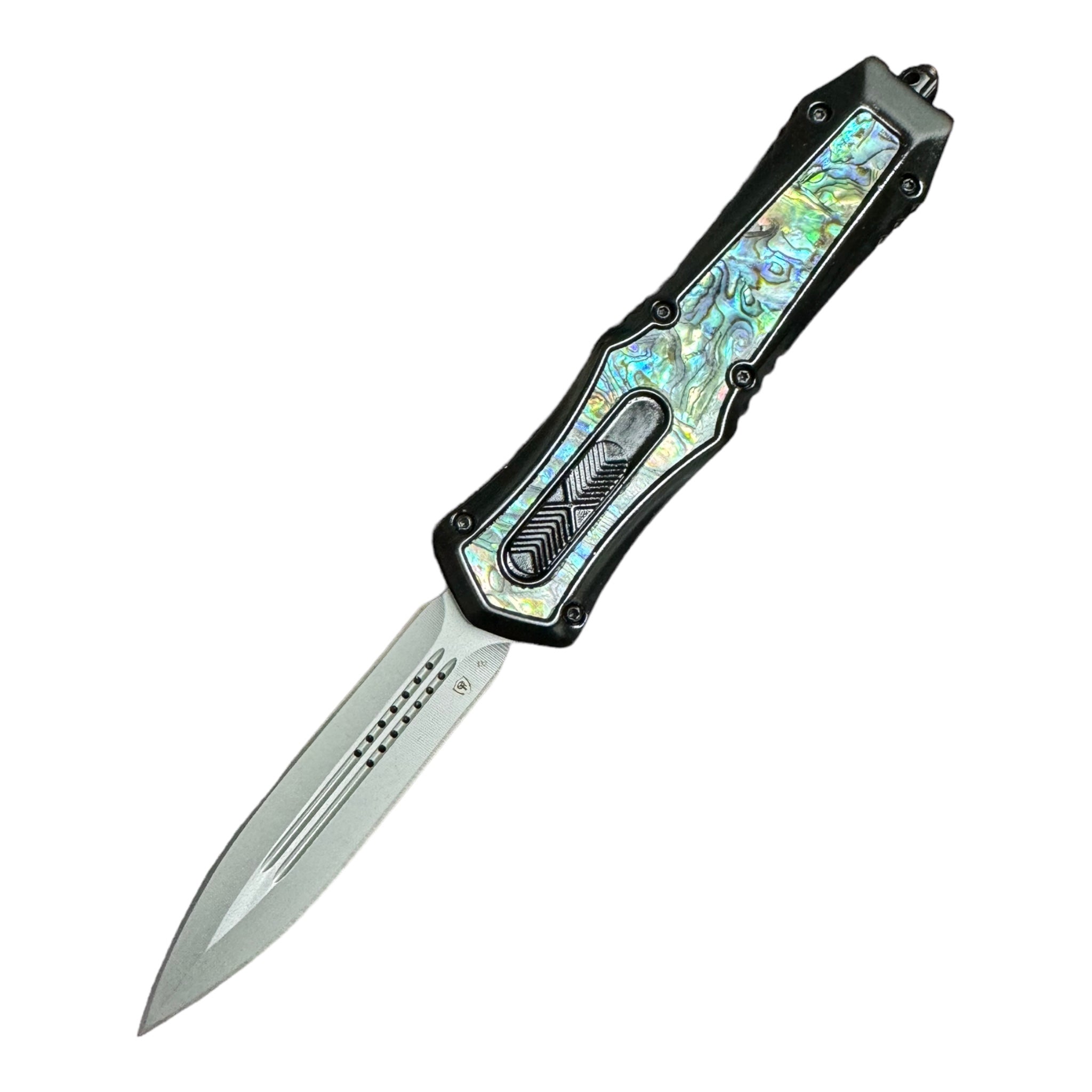 ALL TYPES KNIVES
ALL TYPES KNIVES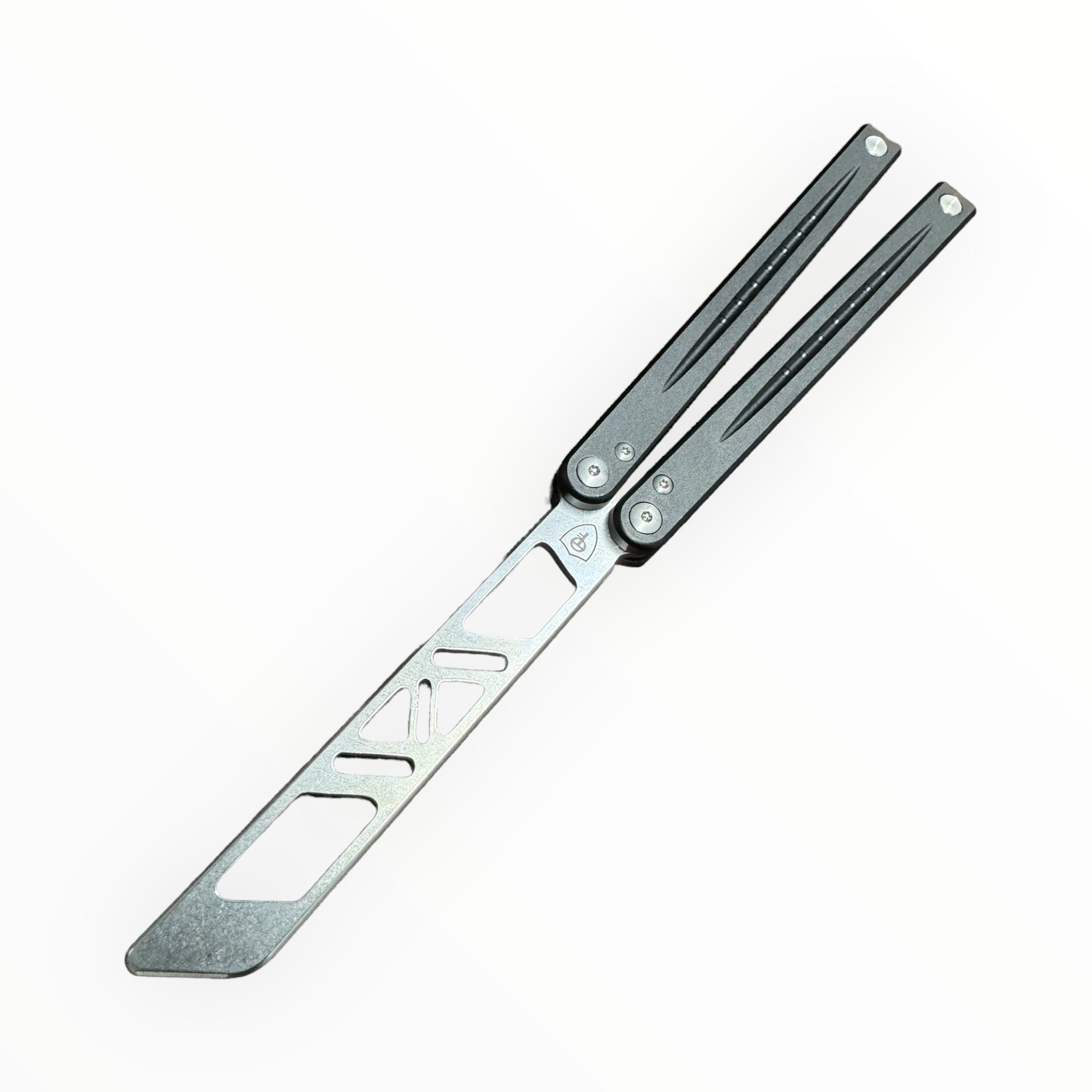 MONARCH BALISONG
MONARCH BALISONG BRISKET KNIFE D2
BRISKET KNIFE D2 DAMASCUS BRISKET KNIFE
DAMASCUS BRISKET KNIFE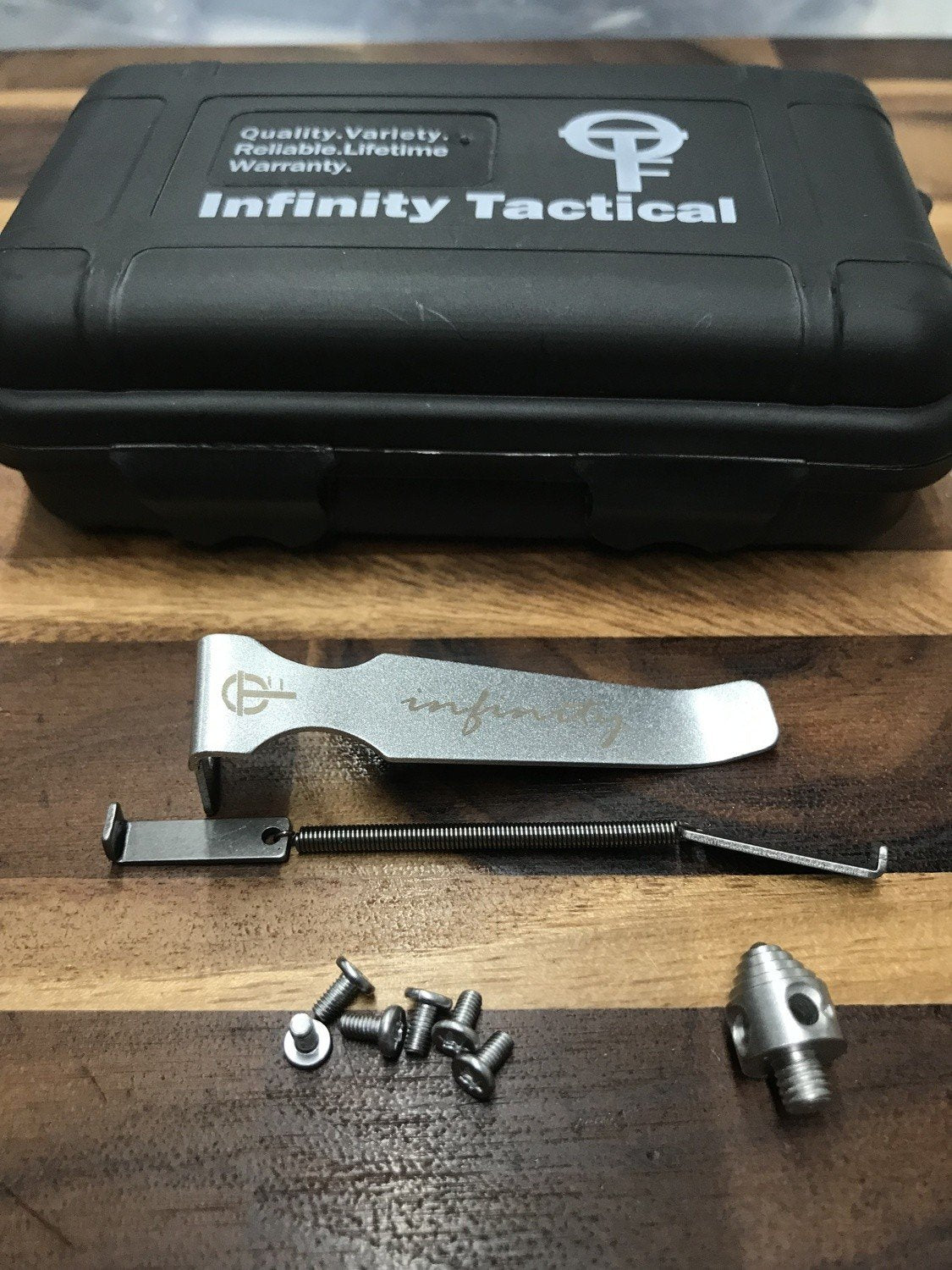 REPLACEMENT PARTS
REPLACEMENT PARTS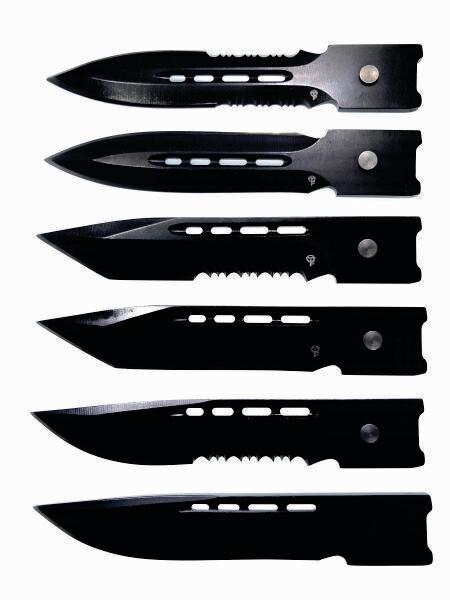 REPLACEMENT BLADES
REPLACEMENT BLADES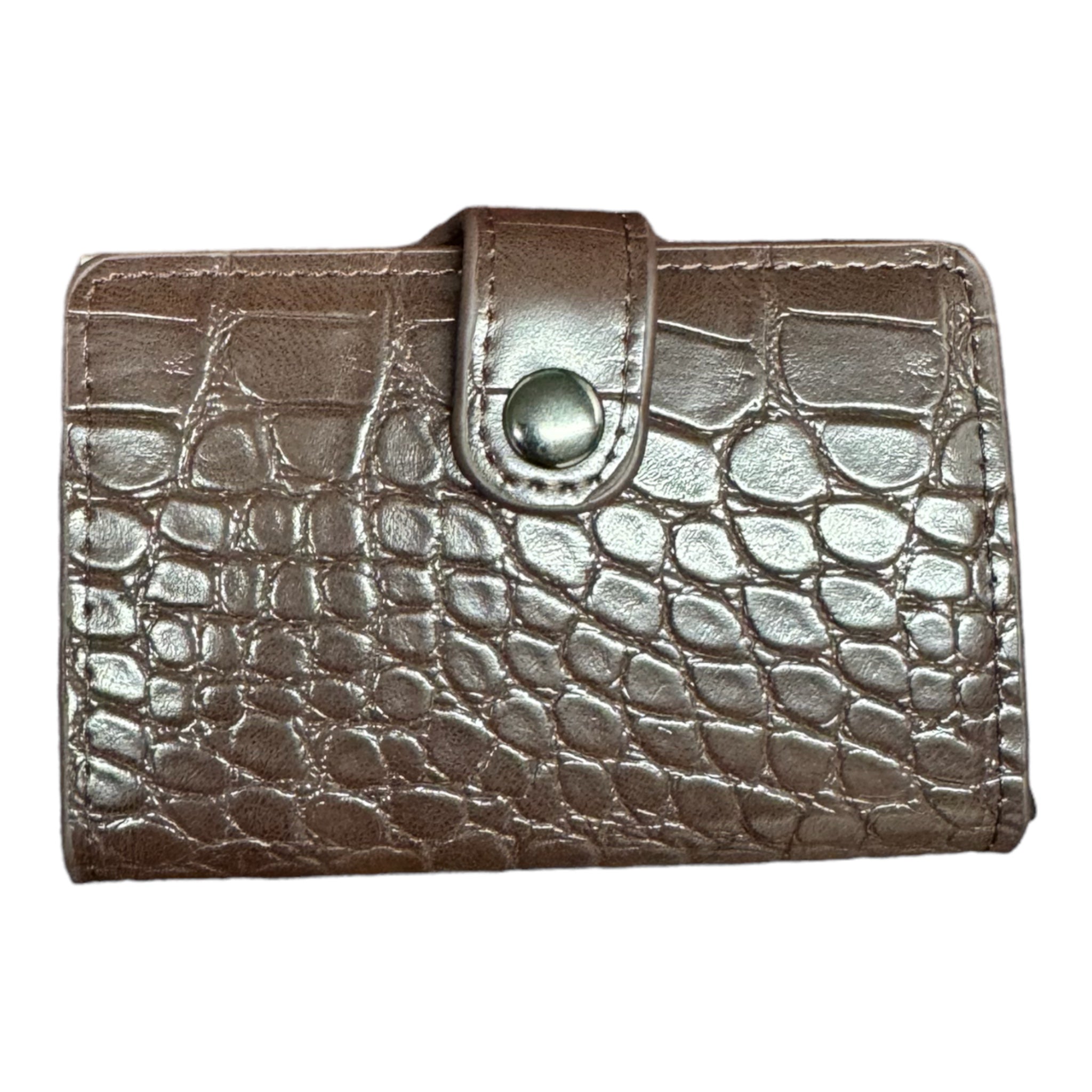 R.F.I.D. WALLET CARRIER
R.F.I.D. WALLET CARRIER RFID LEATHER WALLETS
RFID LEATHER WALLETS GATOR RFID WALLETS
GATOR RFID WALLETS